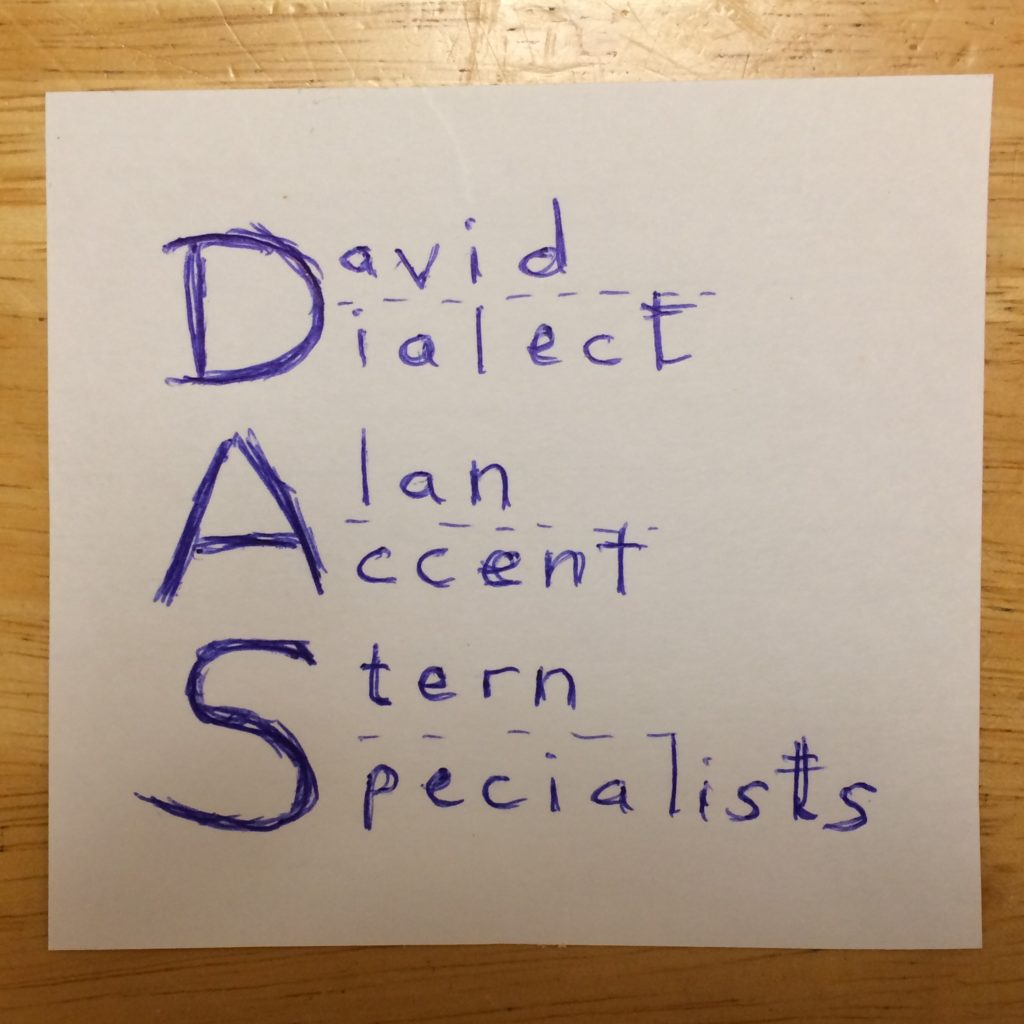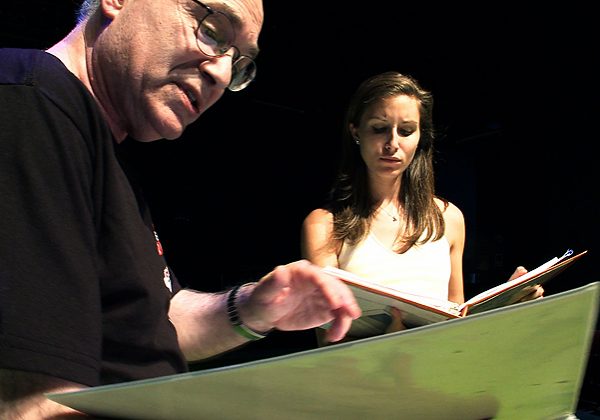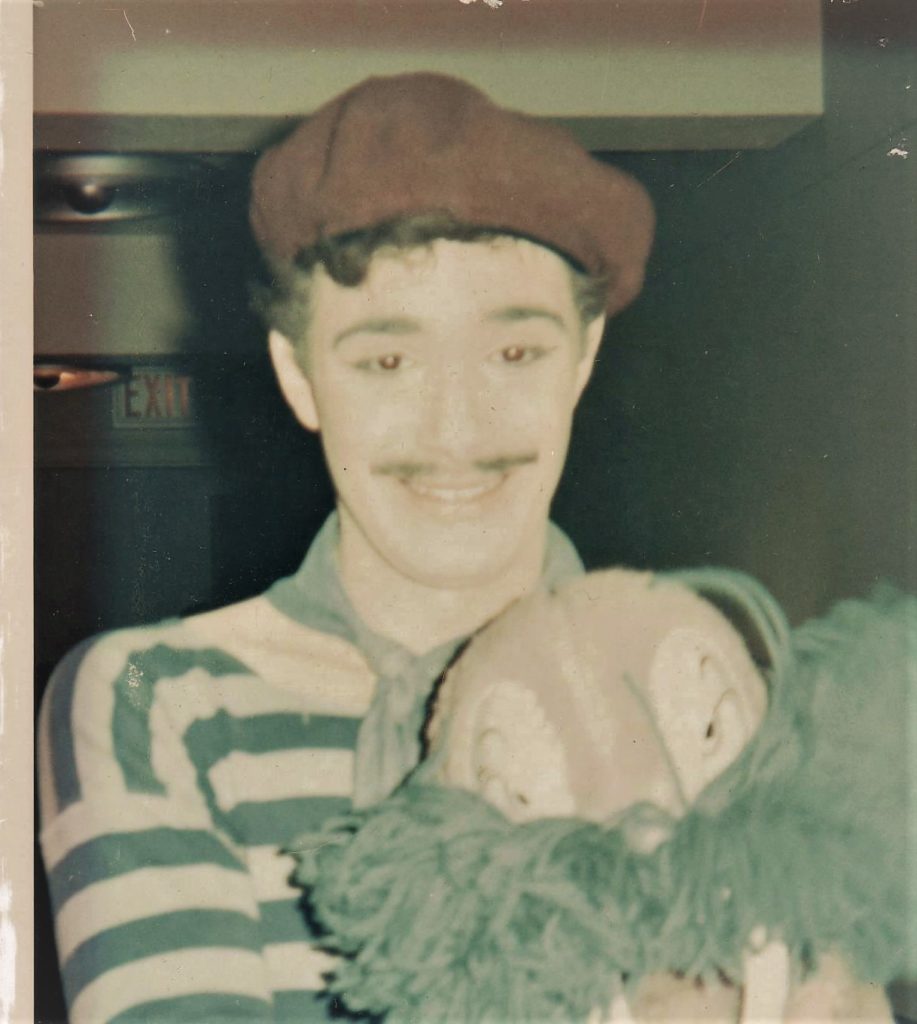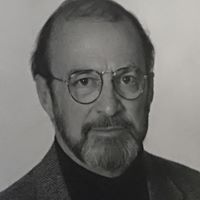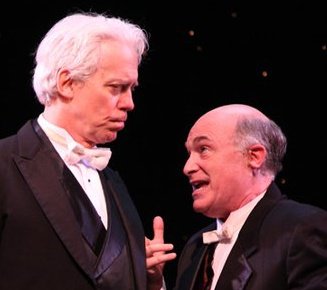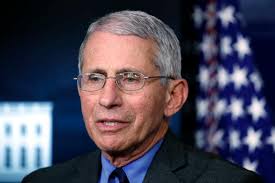
Dr. Anthony Fauci, one of the medical heros of the current Covid-19 crisis, also provides actors with an excellent model of the New York City Accent
During the current “shelter-in-place” crisis, I’m spending lots of time staring at television, computer, and phone screens. First, I’ve been binge-watching many of the TV shows I missed during my 25 UCONN-faculty years. Second, I’m consuming more cable news about this pandemic than is good for my mental health. The latter, however, has provided one more excellent accent model to recommend to actors. If you want to hear a model of a strong, albeit highly educated New York accent, NIAID director Dr. Anthony Fauci provides it.
CLICK THIS LINK for a sample of Dr. Fauci’s speech.
In the paragraphs below, I’ll point out specific pronunciations and other features of the New York accent that Dr. Fauci demonstrates in this sample.
I. The Resonance Quality of Fauci’s Model New York Accent
One qualification first: the raspy quality or “hoarseness” in Dr. Fauci’s voice is NOT a part of the NYC accent. Among any speakers, New Yorkers and all others, a few have raspy voices, but most do not. Any kind of vocal-cord swelling, injury, or lesion (nodules, polyps, contact ulcers) could lead to a raspiness. But there is another important aspect of his voice quality—its placement or resonance—that helps identify this accent as New York specific.
Dr. Fauci speaks with a New York style of mouth-movement that involves overt muscle work in the chin and lower lip. In turn, those movements create a “voice placement” in the low-front part of the mouth. That resonance trait is one major feature that identifies New York speech. Beyond that general placement, those same movements also help shape some distinctly NYC vowel pronunciations. CLICK TO to hear me demonstrate the accent’s muscularity/resonance.
II. The Vowel in THOUGHT and CLOTH Extends and Glides
Dr. Fauci’s speech beautifully illustrates one of the most characteristic vowel pronunciations of the NYC accent—the rounded, gliding vowel in THOUGHT and CLOTH. Some North American accents (Canada, Boston, Chicago) don’t round the vowel in this word set at all—pronouncing it AH [a]. Many other northeastern US accents round it significantly to AW [ɔ]. But in New York, this vowel rounds heavily and also elongates. In fact, in New York it often becomes a diphthong [ɔə]—sometimes even containing a lip glide [ɔwə]. IN THE VIDEO YOU’LL HEAR Dr. Fauci use this pronunciation in the following phrases: coming along – talking about – it’s becauSe (also notice the voiceless [s] instead of a typical [z] sound) – moving along – cautiously optimistic CLICK TO hear my demonstration of this vowel.
III. The Vowel in PRICE Splits into Two Vowel Sets: NIGHT & TIME

New York Accent’s “Long-I” is very difficult for actors; the PRICE set splits into two very different pronunciations.
The muscle work in the low-front mouth also helps generates a half-rounded first stage on the LONG-I diphthong (double vowel) in many words—but NOT ALL. The rounding happens only in words where that diphthong is NOT FOLLOWED by a voiceless consonant (s, t, p, k). I need this trait to be well illustrated in a model New York accent. IN THE LINKED VIDEO YOU’LL HEAR this half-rounded version in these phrases: time (occurring in many phrases) – highly powered – winds up being – trying to get – randomized – identifying – go by the guidelines
BUT, when Dr. Fauci speaks words in the other part of the split set (before voiceless consonants), his resonance is still low front, but the lip does not actually round the first stage. In this clip it happens only twice in: night of this type. CLICK TO hear my demo of these pronunciations.
IV. The vowel in LOT is Unrounded in Dr. Fauci’s model New York accent
Many actors, even seasoned pros on stage and screen, mistakenly round the vowel in LOT, pronouncing it as [ɒ] or even [ɔ]. When that’s done by an actor attempting a New York City accent, the word suddenly screeches out a Boston sound. IN THE VIDEO CLIP Dr. Fauci uses the unrounded [a] with the muscularity and resonance focus still in the low-front mouth. You’ll hear that unrounded sound in these words and phrases: clearly positive – modest – hospital – not the total answer – have not made – optimistic – honestly (He slightly rounded this one.) – proof of concept CLICK TO hear my demo of the pronunciation.
V. The Vowel in TRAP Splits into Two Sets

Many actors performing NYC accent incorrectly use [εə] for all words in the TRAP set.
One of the sounds most associated with New York speech is the “whiny” regional diphthong some of my English friends call “that ghastly American sound” ([εə] or even [iə]–sometimes with nasalization). It occurs in the words CAN’T, JAZZ, and HALF. Many actors do not know that this split in the TRAP set exists. They assume that the regional diphthong is appropriate to every word in the original TRAP set. No! That universal substitution from non-regional [æ] to [εə] DOES happen in Chicago (and most other Great Lakes regions). But New Yorkers do NOT change that vowel all the time. For example: “Yes, I CAN” retains the non-regional TRAP vowel, but “No, you CAN’T” changes to the regional diphthong. Unfortunately, the rule or guideline for WHEN this change happens is too complex to explain briefly. It takes me a page and a half and about ten minutes of audio to explain it completely in my Acting with a New York Accent program. IN THE LINKED VIDEO YOU’LL HEAR Dr. Faucci use the regional variation in: can’t – answer
And, consistent with the complex “rule,” he maintains the one-stage TRAP vowel (albeit with NYC voice placement) in: can (the verb, not the object) – gunna happen – as much as they can – pull back – that’s the thing CLICK TO hear my demo of these two pronunciations.
VI. R-DROPPING in this Model New York Accent
The NYC accent is usually non-rhotic, meaning that an R after a vowel sound does not get pronounced (as in here, chair, car). The exception is when one of those R’s is itself followed closely by another vowel sound (as in Harry, there is, here and there). There can be some degree of inconsistency of R-dropping even among those with “heavy” accents. Dr. Fauci is relatively consistent with R-drops, but does retain the R’s a small percentage of the time. IN THE VIDEO YOU’LL HEAR him do the full R-drop in these phrases: clearly positive – other targets – total answer – important step – yesterday evening – very clear
But in these phrases, he retains at least some of the post-vowel R’s: highly powered –gold standard – a year to eighteen months CLICK TO hear me demonstrate that contrast.
VII. Some “Special” NYC R-Vowels
In New York speech, when the R drops from a few specific vowels, those vowel stems themselves take on a unique pronunciation. For example, in the NYC version of the AR combination (START), the vowel stem rounds somewhat, albeit in a unique way. ONLY THE LOWER LIP is involved in that rounding. IN THE VIDEO YOU’LL HEAR Dr. Fauci pronounce that sound in: part of the team – start ramping up (not as much as he does in the others) – start making it.
Another unique NYC R-drop involves the stressed ER sound (the vowel in NURSE). Sometimes, but only in the heaviest Brooklyn- or Bronx-style accents, the R drops ALONG WITH a change in the vowel stem to UHEE [əi]. Dr. Fauci clearly DOES NOT use this version. He does what most New Yorkers do with the NURSE combination: he KEEPS the R while overly stressing its vowel stem. Instead of stressed ER [ɝ], we have an elongated diphthong before the R-coloration—more like UH-ER [ʌɚ]. THE VIDEO DEMONSTRATES that formation in: first – thirty-one per cent – works or doesn’t work – makes me nervous – continue to urge And CLICK TO hear my demonstration of these special NYC R-drops. (By the way, simply dropping the R-coloration in either of these two combinations produces glaringly Bostonian sound in the middle of your attempted NYC accent.)
So, with few exceptions, Dr. Anthony Fauci’s speaking provides actors with more than enlightened guidance in this pandemic. He offers a wonderful model of an educated professional with a heavy New York City accent.
In addition to the audio lessons available on the website (www.LearnAccent.com), David Alan Stern is also available for:
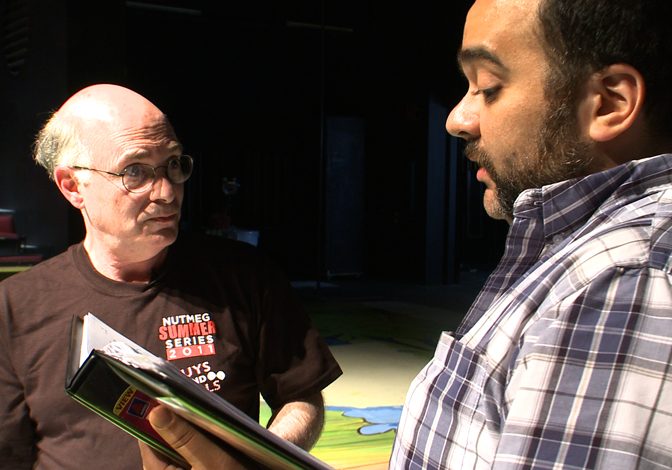
Distance Lessons (Skype or Zoom)
